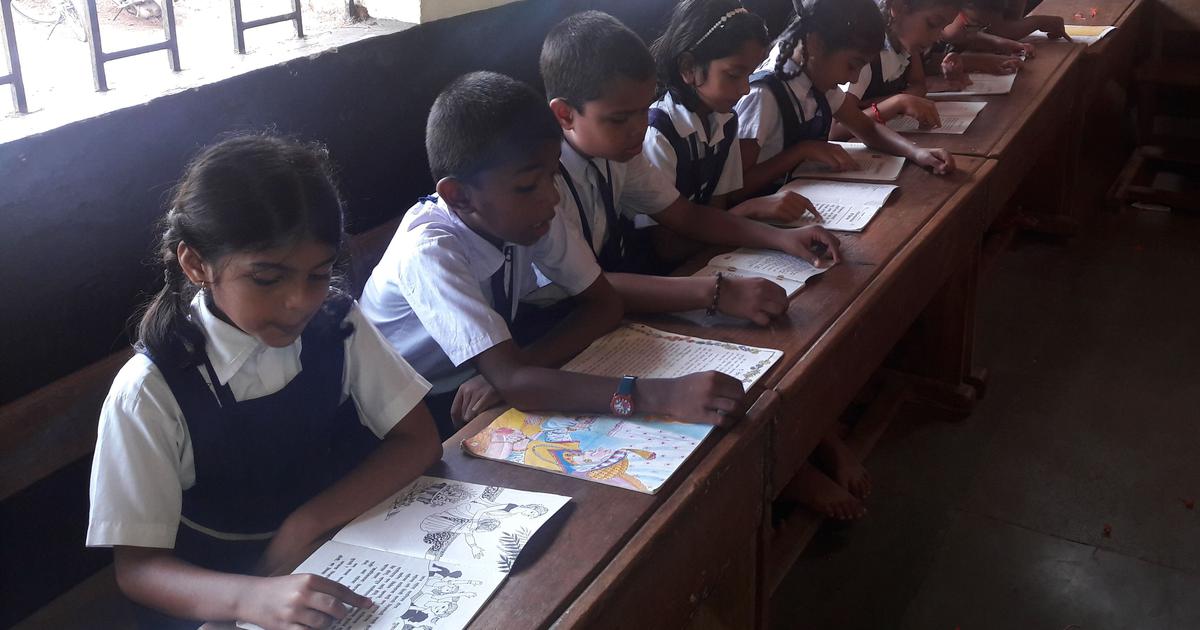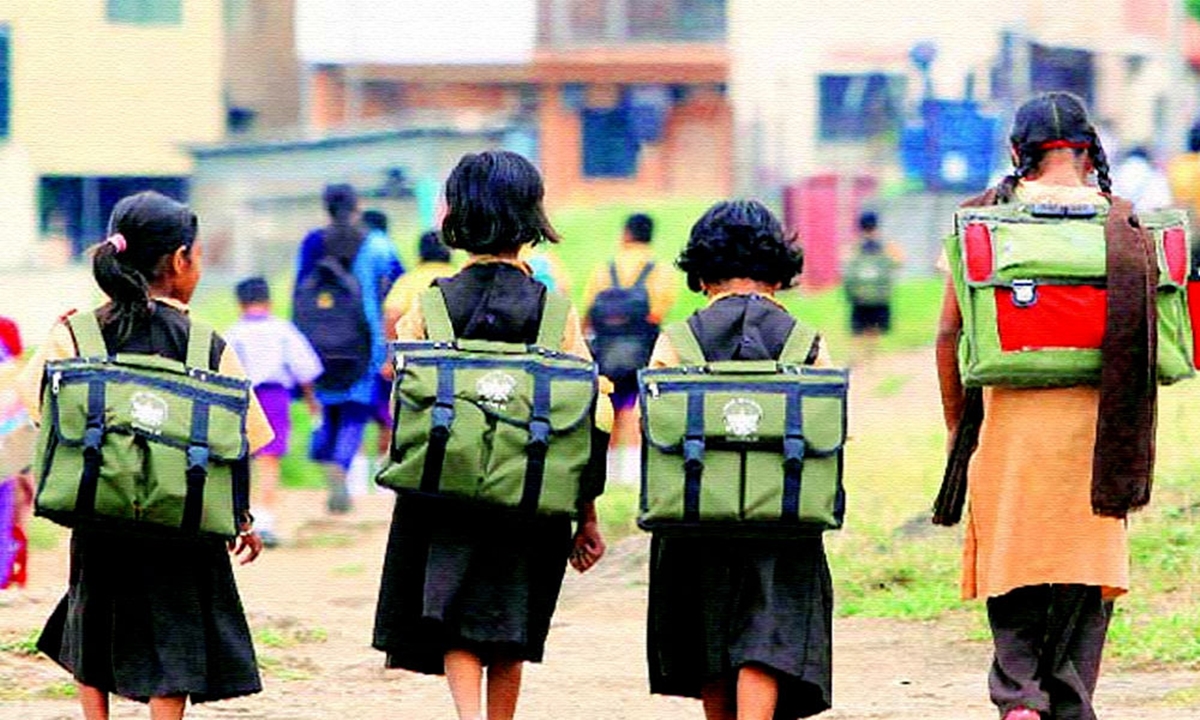
Ensuring Equity in Access To Education for the Economically Disadvantaged During COVID-19
Delhi High Court judgment to provide high speed internet & gadgets to students puts schools in a spot
In the extenuating circumstance presented by the COVID-19 pandemic and subsequent closure of schools, many schools both government and private, have resorted to online methods of communicating with, and imparting education to students. The judgement passed by the Delhi High court, regarding provisioning of high speed internet and gadgets –smartphones/tablets/ laptops – to children belonging to economically weaker sections (EWS) and disadvantaged groups (DG) aims to address issues of access to children unable to participate in online modes of education.
Issues of education access during the pandemic have been highlighted in a recent report published by Oxfam (based on a sample of approximately 1200 parents and 500 school teachers across five states) where more than 75% parents in both, government and private schools reported challenges in accessing digital modes of education. The inability to access high speed internet and not having an appropriate device were cited as the most common barriers.
The Delhi High Court judgement addresses these specific barriers to access for EWS and DG students, in line with Article 21A of the Constitution that imposes an obligation on the State to provide “free and compulsory elementary education to all children”. This judgement then applies to children admitted to any schools resorting to or heavily relying on online modes of education. Potential beneficiaries include children admitted to government schools, private schools through the RTE provision (that mandates private unaided non-minority schools to reserve at least 25% seats for EWS and DG students), or other aided and minority private schools choosing such modes of teaching.
Issues with the implementation of the judgment
This judgement sets an important precedent in establishing the child’s right to education in the context of modes of instruction evolving over time and circumstance. Specifically for children enrolled through the RTE provision, it reinforces that enrolment is not a sufficient condition for a child’s inclusion into a school. Yet, the nature of the judgement can potentially harm schooling at scale.
Monetary burden: Several private school teachers and administrators from the state have spoken out against the move. The monetary burden on private schools, primarily low-fee schools, is already large and further exacerbated by the Covid-19 pandemic with several states restricting them from collecting fees from parents. While the state would be required to reimburse the cost incurred by private schools, those mandated to enrol EWS and DG students through the RTE provision have reported the failure of the government to provide reimbursements to cover costs for these children in the past, in full or in a timely manner. Against this context, given these devices can be far more expensive than textbooks, uniforms, etc. the reluctance of such schools is understandable. Moreover, it raises a question about whether such a move, in setting a precedent for the rest of the country, is an affordable solution for the State, if applied elsewhere.
Issues of access are widespread in low-fee private schools: Low-fee private schools have also pointed to the fact that students coming through the RTE provision don’t always differ significantly from other fee-paying students, and many of the latter also have issues of access that will categorically not be addressed through this judgement.
Long-term sustainability: In a country like India, where almost 50% of schooling is provisioned by private entities (with a majority being low-fee), the imposition of such monetary burdens could lead to permanent closures at scale, which can have devastating impacts for access to schooling, and reverse years of progress made in bringing children into schools. At the same time, the current exclusion of children due to the “digital apartheid” as recognised in the judgement, might have similar consequences where teachers and schools fear many children might not return when schools reopen.
Understanding the fine print & finding sustainable alternatives
In this respect, we must pay attention to the judgement’s qualification of who this imposition applies to. It is specifically stated that it applies to schools relying solely on “synchronous face-to-face real-time education” or live online classes, such that inability to access a device and high-speed internet might completely leave behind a child on the basis of their economic disadvantage alone. This implies that schools able to employ less-tech dependent modes, or some combination of low-technology modes along with live online classes for impartation, would not be required to adhere to this.
The court cites Pragyata guidelines for digital education (issued by MHRD in August 2020) to stress that there is no statutory obligation nor formal recommendation that teaching (when not in a classroom) should be imparted via live online classes, and that the choice of modes of instruction must be determined on the basis of availability of ICT infrastructure to students and teachers.
The court goes further in saying that the choice of less-technology dependent teaching modes by some schools – such as through SMS/ Whatsapp, or delivering materials at home- are not chosen only because of a constraint of funds. This implies two things; there is merit in other modes of imparting education or at least insufficient evidence that live online classes are a superior mode of instruction, and that the choice of modes for instruction can and should be determined by a bid for equity. The court underscores its opinion on this matter, “… in view of… non-availability of technologically savvy teachers or poor availability of electricity or lack of internet penetration in the neighbourhood, it may also not be appropriate for a school to opt for Synchronous Face-to-Face Real Time Online Education”.
Given the possibility of the school closures continuing for the foreseeable future in several states and especially for younger age-groups, there is a need to consider alternate solutions to imparting elementary education during the pandemic. Education departments in several states are using radio and TV to broadcast lessons to children. Others are relying on a combination of home-delivery of materials and providing guidance to parents over SMS and phone calls. Such community-based, blended modes of education can be less dependent on personal devices and high speed internet and be more sustainable, while making equity a priority.
Views are personal.


